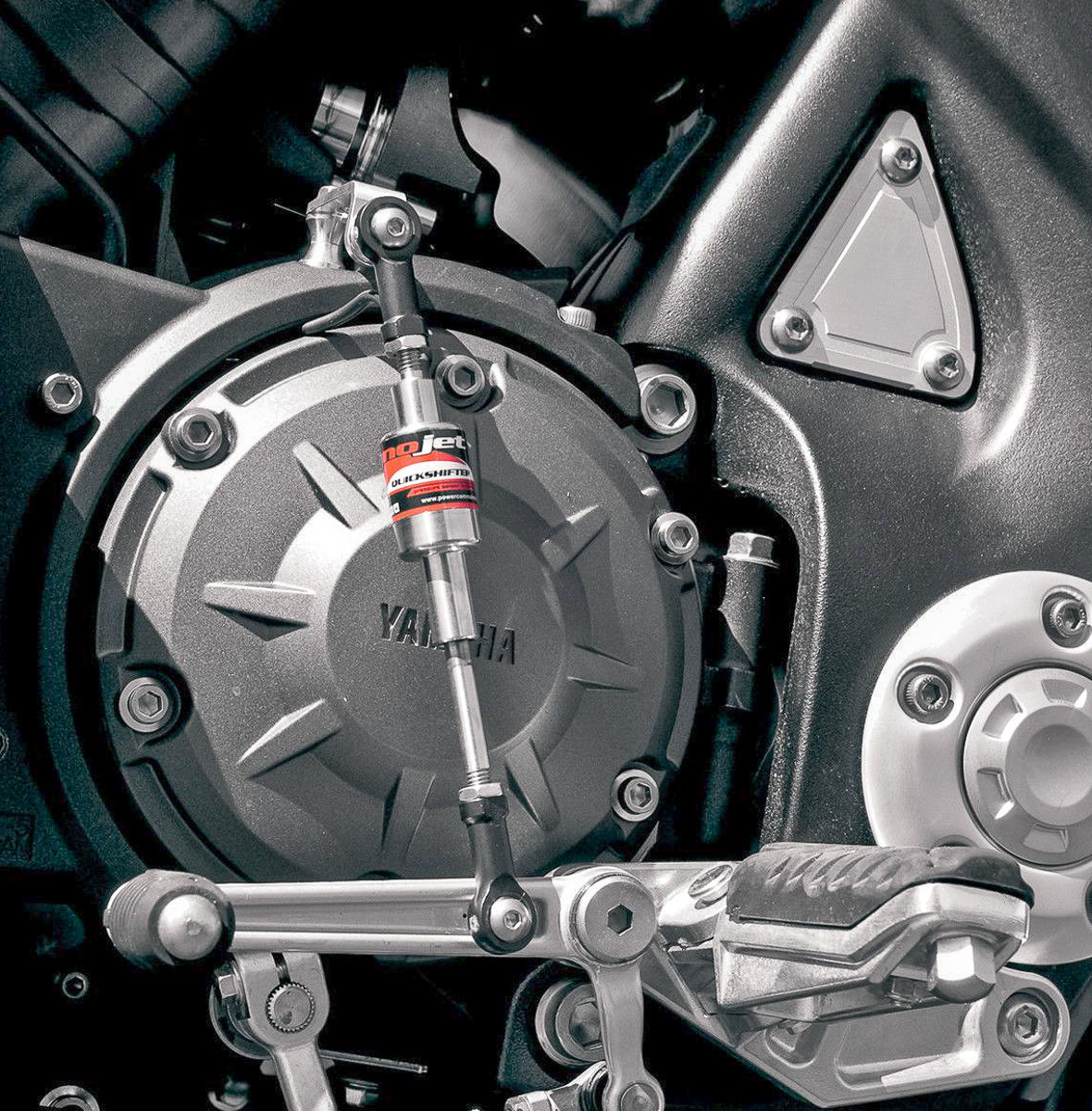Motorcycle Quickshifters: How Do They Work?
Modified On Jun 24, 2019 10:25 AM By Gaurav Sadanand
- 1587 Views
- Write a comment
Many modern-day big bikes use a quickshifter which allow riders to seamlessly change gears without using the clutch or rolling off the throttle. Here’s a closer look at its inner workings

We’re sure most of you who have watched MotoGP onboard videos must have noticed the riders changing gears at lightning-quick speeds without using the clutch or rolling off the throttle. How’s this possible? Isn’t a clutch required to engage and disengage the gears and isn't it an integral part of the gear-shifting process? Not necessarily, especially in bikes this advanced, participating in races where every millisecond matters. Helping riders magically change gears by eliminating the physical process is done by a pretty nifty rider aid called the quickshifter.
Unlike a ride-by-wire (RBW) throttle, this feature isn’t seen on smaller performance-oriented motorcycles. However, you can get one retrofitted to your bike as long as it has RBW. And if you’re curious to know how the system works on modern-day motorcycles, here’s a brief explanation of the tech.
Conventional streetbikes require you to roll off the throttle and pull in the clutch lever, which briefly drops revs and allows the transmission to slip into the next gear seamlessly. In case of a quickshifter, the system uses electronic trickery in the form of a gear shift rod that incorporates a mechanical sensor linked to your bike’s ECU. Essentially, when you upshift, the sensor detects the movement of the gear and signals the ECU of a forthcoming gear change. The ECU cuts power to the engine, which drops revs just for a couple of milliseconds and gives enough time for the transmission and its actuators to neatly slot in the next gear. So a rider can keep the throttle pinned and shift up the gears without having to worry about harming the engine.

It basically imitates the process of rolling on and off the throttle and engaging/disengaging gears, but a whole lot faster and with precision! You could even downshift using the same process using an auto-blipper. Here, the sensor detects a downshift and sends a signal to the ECU to increase revs momentarily. This auto blipping of the throttle is essentially matching engine revs for smoother downshifts.
That said, the system relies on engine speed to work well and doesn’t really do well at slow speeds. Also, the smoothness of this process depends on how well manufacturers or third-party vendors tweak the software in the ECU. There are instances where quickshifters just don’t work well at low speeds and you end up moving to conventional gear changes. So if you’re getting a quickshifter retrofitted to your bike, do make sure that it’s from a well known and reliable brand.
